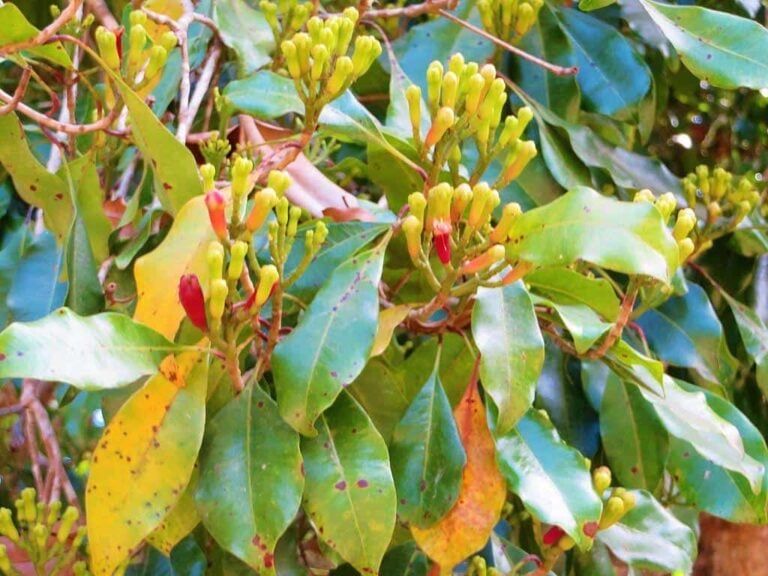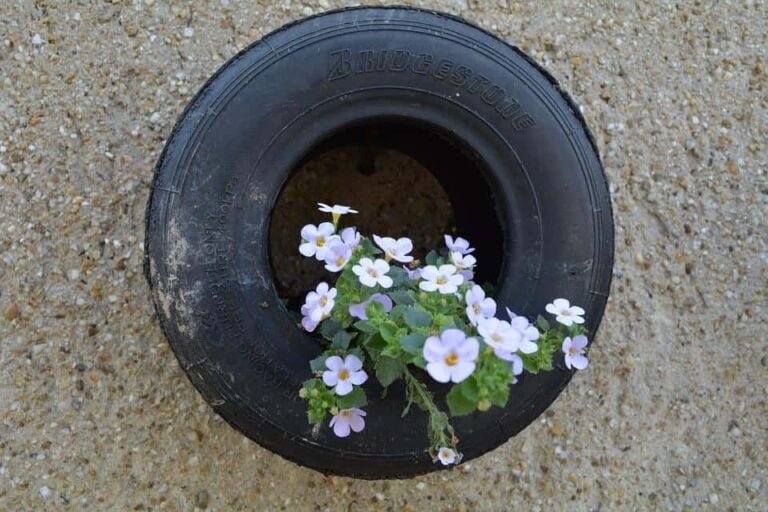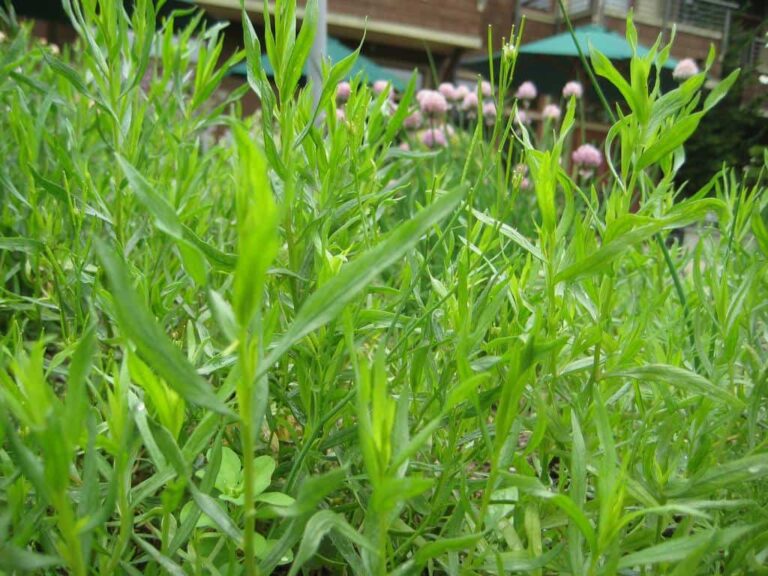Growing Chicory For Your Salads
You can grow chicory for its leaves and roots out in your garden in the spring or fall, or plant the roots in a container indoors to produce Belgian endive over the winter. In the garden, chicory needs fertile soil and consistent moisture levels to grow crisp tasty leaves and a strong taproot. When grown indoors for Belgian endive, the plants need a darkness and consistent moisture levels. No matter what, chicory needs cool temperatures to thrive.
Types of Chicory
You have three different types of chicory to choose from if you are going to grow the plant in your garden. Both are varieties of Cichorium intybus, even though they may seem widely different from each other.
Standard chicory, also known as sugarloaf chicory, according to the Royal Horticultural Society, produces heads of green leaves. Don’t let the name confuse you, despite the word “sugar,” these leaves are fairly bitter.
Radicchio is a type of chicory that produces tightly formed heads with burgundy or dark purple leaves. Belgian endive is grown from witloof chicory and features small, tightly packed heads of leaves.
Although the name is similar, it’s important not confuse chicory and Belgian endive with endive (Cichorium endivia), as the two are completely different plants, according to Harvest to Table.
Planting Chicory
With the exception of Belgian Endive, which we’ll discuss later on, you plant chicory just as you would any other type of lettuce or leafy green. Since all varieties of chicory are cool weather plants, you can direct sow the seeds in your garden starting about three weeks before the last frost in your area.
Plant the seeds about 1/4 inch deep in the soil. You can lightly scatter the seeds across the soil, then cover. Once the seedlings are about four inches tall, thin the plants so that they at least six inches apart.
You can plant another round of chicory in the garden in the middle of summer if you’d like to harvest a second crop in the fall. According to the National Gardening Association, it is common to grow sugar loaf varieties of chicory for a fall harvest.
You can transplant chicory seedlings, but doing so is usually not recommended. Transplanted chicory is more likely to bolt, or produce flowers, sooner than direct sown chicory. Once the plant produces flowers, the quality and flavor of its leaves declines.
Caring for Chicory
Don’t let chicory’s strangeness or the fact that it’s not native to North America scare you. Although it can be a more challenging plant to grow, especially when compared to lettuces and other types of greens, chicory actually has relatively simple care needs.
For one thing, because it has a shallow root system, according to Bonnie Plants, it’s important to keep radicchio and other types of chicory well water. Keep the soil around the plant moist but not soggy so that the plants grow evenly and the leaves don’t become too bitter.
Before you plant chicory seeds or transplants, it is a good idea to mix some fertilizer or compost into the soil. Fertile soil retains water better than poor soil. It also helps the plants get the nutrients they need to thrive.
A layer of mulch or plastic sheeting draped over the soil and around your chicory plants will help in two ways. First, the mulch or sheeting will help the soil stay moist. Second, the mulch or sheeting will improve the heading of the radicchio, so you end up with a tight head, instead of a clump of loose leaves.
Harvesting Chicory
When you harvest chicory depends on what you are growing. If you are growing a sugarloaf variety, the leaves are usually ready to harvest about 85 days after planting. You can also harvest the leaves earlier, if you want tender baby leaves.
If you are growing radicchio, harvest the heads when they are still tightly formed and are firm. You can harvest at any size, but keep in mind that the bigger and older the head is, the more bitter the leaves are likely to be.
You can also grow chicory for its roots. Chicory plants produce a taproot, similar to a carrot in looks. The root is often ground up and added to coffee or steeped in hot water on its own and drank as a tea. Usually, the root is ready for harvest 120 days after you plant the seeds.
Growing Belgian Endive
Instead of eating a chicory root, you can dig it up and use it to produce Belgian endive. Knowing as a forcing variety, or witloof variety of chicory, Belgian endive is usually grown in the winter, indoors. Forcing chicory roots lets you have homegrown greens even when it’s freezing outside.
You don’t have to have grown chicory in your garden to force Belgian endive over the winter. You can often find chicory roots for sale at a garden center or available from a seed catalog.
Crafty Renate has put together a great video in which she explains the process of forcing Belgian endive and then walks you through the process.
To start, you’ll need a number of chicory roots, a large container or plastic box, and enough container soil to fill the box. Slice the top growth off of each root and make sure the roots will fit into your container.
Bury each root in the soil of the container. You can plant them very close together, as the Belgian endive grows on the top of the roots. Water until the soil is saturated, then put the container in a dark place indoors, such as a closet or your basement.
To blanch the leaves, drape an opaque sheet or plastic bag over top of the container. The bag or sheet will keep any light from reach the endive, so that the leaves stay white. Keep the soil moist as the leaves, or chicons, grow.
Your Belgian endive chicons will be ready to harvest when they are about five inches tall. Cut the head off at the base of the plant. In many cases, the root will produce another chicon in a few weeks.





